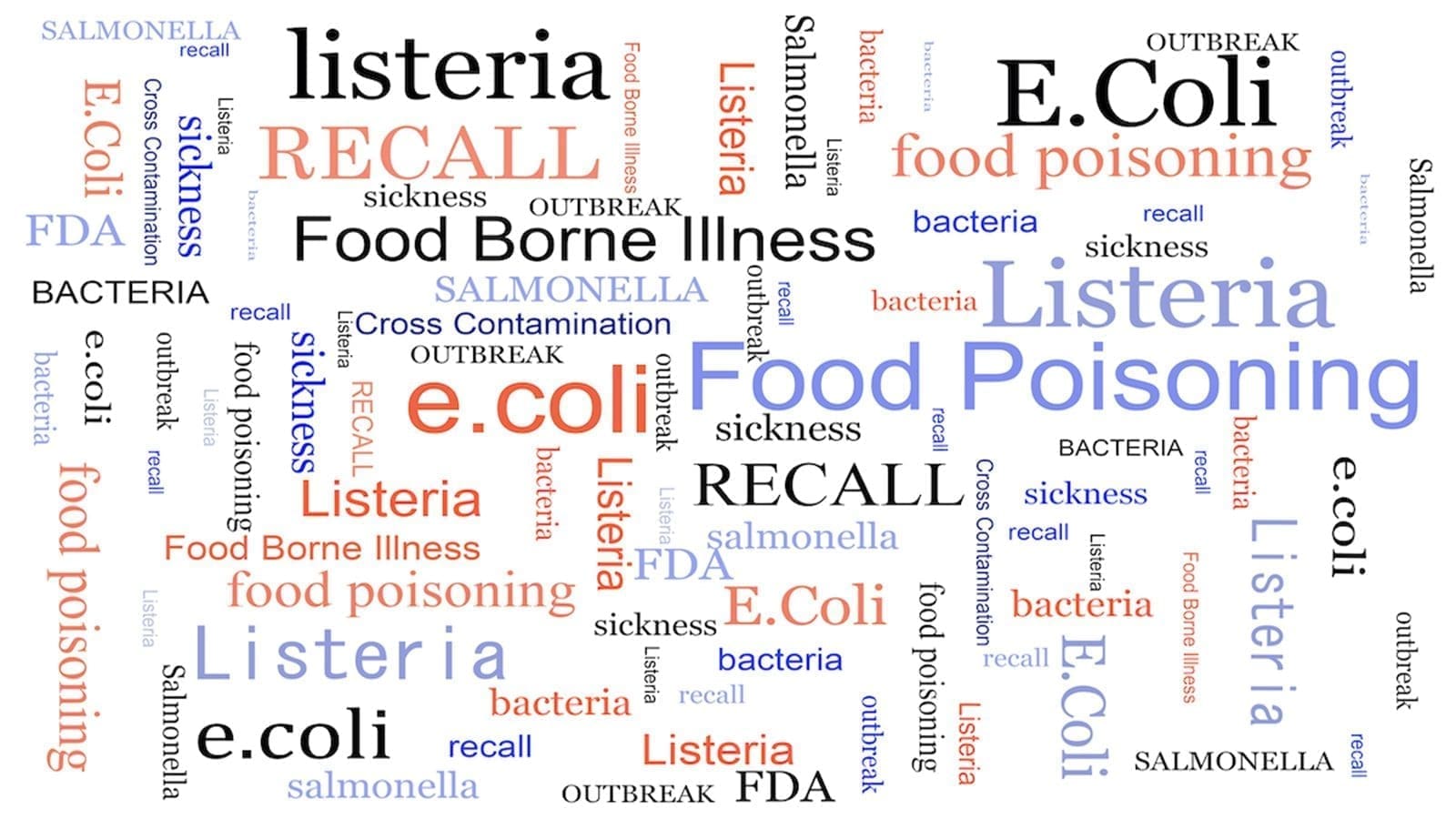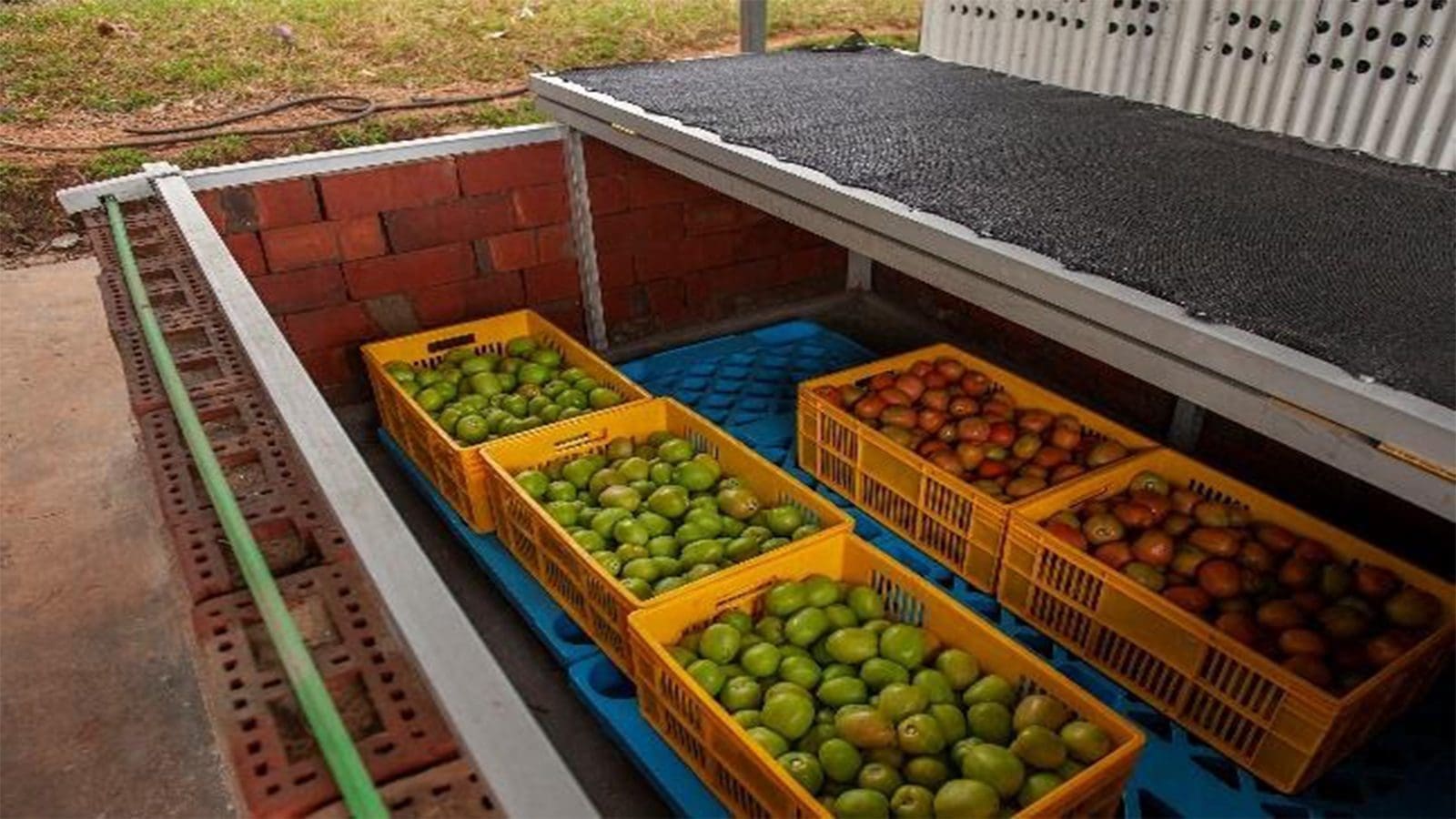AFRICA – Eleven experts from Ethiopia, 12 in Burkina Faso and nine in Rwanda have participated in a study assessing the role of certain food types in causing illness from different pathogens in the three African countries.
Findings, published in the journal Neglected Tropical Diseases, will help support three projects aiming to improve food safety in these African countries.
As part of efforts to increase the safety of beef, dairy, poultry, and vegetable products as well as provide information for national decision-making, the research sought data on the burden of foodborne disease associated with particular products.
For beef, dairy, poultry, and vegetable products in Burkina Faso, Ethiopia, and Rwanda, they provided attribution estimates for Campylobacter, enterotoxigenic E. coli (ETEC), Shiga-toxin-producing E. coli, Salmonella, Cryptosporidium, Brucella, and Mycobacterium bovis.
Without access to resources, experts were questioned remotely and answered calibration questions. After the interview, they used resources to respond to specific queries. Data was validated using two measures and performance-based weights were applied.
Study findings
Beef, dairy, poultry, and vegetables made for almost three-quarters of Ethiopia’s foodborne ETEC burden.
About 40% of the burden in Burkina Faso was attributable to poultry and vegetables. Burkina Faso had a lower dairy attributability than Ethiopia.
Although there is no proof that human infection by animal pathogenic ETEC strains exists, a large fraction of ETEC disease was linked to animal source foods because, according to experts, product contamination by infected food handlers can happen at any point in the supply chain.
Nearly 70% of Campylobacter, Salmonella, and Shiga-producing E. coli (STEC) infections in Ethiopia were associated to dairy products, and about a third of the burden of dairy was connected to consuming raw bovine milk.
The burden of these pathogens in beef was distributed roughly as follows: 60% in red meat, 30% in raw beef, reports Food Safety News.
56% of the load of Campylobacter and Salmonella in poultry meat was related to chicken that was purchased raw and cooked at home.
Similar to Ethiopia, Burkina Faso attributed a heavy vegetable burden to Salmonella and ETEC.
The majority of the dairy burden for all pathogens in Rwanda was attributable to cow’s milk.
According to the pathogen, Brucella and Cryptosporidium had the highest proportions of correlation to raw milk and Campylobacter had the lowest proportions.
Additionally, traditionally fermented cattle milk and commercially produced fermented goods were blamed for a sizeable share of the burden.
To offer estimates of the burden of certain food groups and items, attribution estimates from the study will be merged with national level estimates of foodborne infection from the WHO’s Foodborne Disease Burden Epidemiology Reference Group (FERG).
Such information will guide control efforts and can be used in cost-benefit evaluations together with risk assessment and economic projections.
Based on FERG data and other attribution estimations, separate research will present burden estimates.
Liked this article? Subscribe to Food Safety Africa News, our regular email newsletters with the latest news insights from Africa and the World’s food safety, quality and compliance. SUBSCRIBE HERE








